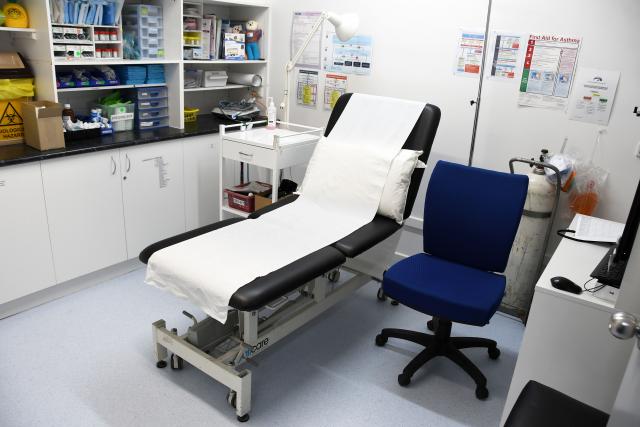
By Callum Ludwig
The Australian Government has reduced the cost of a visit to a GP for millions of Australians, tripling the incentives for GPs to bulk bill children under 16, pensioners and other concession cardholders from 1 November.
The start of the month also marked the start of the indexation boost to Medicare payments announced in the 2023-24 Budget in May.
Health Minister Mark Butler said bulk billing is the beating heart of Medicare and Labor will always strengthen it.
“The tripling of the bulk billing incentive will help over 5 million children and their families, and more than 7 million pensioners and concession card holders to see a bulk billed GP,” he said.
“Doctors’ groups have called this a ‘game-changer’ and GPs right around the country have said this will help them maintain and even shift back to bulk billing.”
The bulk billing incentive increases with the rurality of the practice, increasing to between $6.85 to $20.65 in metro areas and from $13.15 to $39.70 in very remote areas, and is paid on top on top of the Medicare patient rebate for a GP consultation.
President Royal Australian College of General Practitioners (RACGP) Dr Nicole Higgins said it is a critical stopgap to slow the decline in bulk billing.
“Bulk billing has declined significantly in recent years because Medicare rebates have been below inflation for years, and are nowhere near the cost of care. GPs have been subsidising the full cost of care every time they bulk bill their patients,” she said.
“We don’t like to think in these terms, but if people delay care due to costs, health issues can progress and not just cause more harm, but increase the strain on hospitals and cost more for the health system to address,”
“The average cost to the government for a non-admitted emergency department presentation in 2020-21 was $611, yet it costs the government just $79.70 to support a patient to spend 20–40 minutes with their GP.”
The new changes have the following effects;
A 20-minute in a major city will provide 34 per cent to the doctor and take the Medicare payment for eligible patients to $62.05,
In regional and rural Australia, the doctor will get 50 per cent more for the same length visit, with the Medicare payment rising to between $72.80 and $81.10, location dependent,
A new rebate for consultations that stretch over an hour will give patients back $191.20.
Casey MP Aaron Violi, who had recently published a column in the Star Mail concerned with the rising costs of a GP visit, said while the headline is quite impressive, the detail isn’t actually as generous as they’re making out.
“There’s no doubt children under 16, pensioners and Commonwealth concession card holders will benefit and it’s great that they are benefiting, but my question is why not make it available to all Australians,” he said.
“It’s not just those groups that are struggling with the cost of living crisis that we’re going through and it’s more expensive than ever for anyone to visit a GP,”
“Increasing the bulk billing incentive is a start for these cohorts, but it doesn’t address the availability concerns that we have in our community, we don’t have a major hospital within our electorate and it looks like there is no plan for this government to put an urgent care clinic into our community.”
The nearest Urgent Care Clinic that has been opened is in Narre Warren, with the Australian Government planning to have 58 opened by the end of 2023. There are currently 23 open nationwide, and nine in Victoria. The locations of those to come have not been revealed.
Mr Violi said another concern has been that for some programs the electorate is considered Metropolitan Melbourne and for others, it is considered more regional overall.
“Where that line is drawn is really important, we know Yarra Junction has previously had some challenges with doctor availability because they were ineligible for some incentives, they weren’t considered regional or rural and that was adjusted,” he said.
“We’ve got to continue to watch where that line is and where those decisions are made because it is crucial to our community.”






